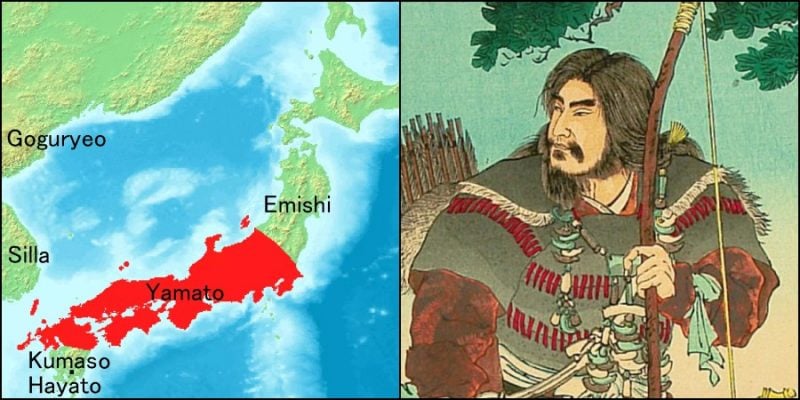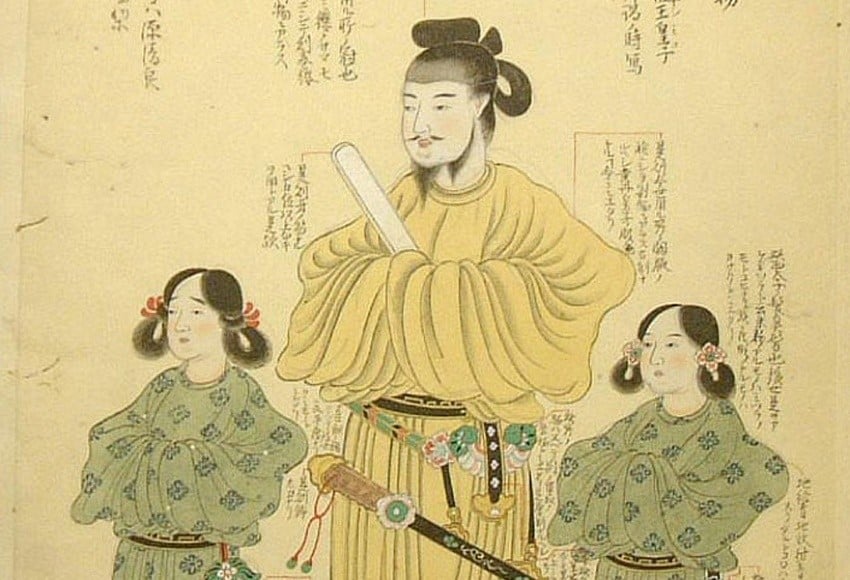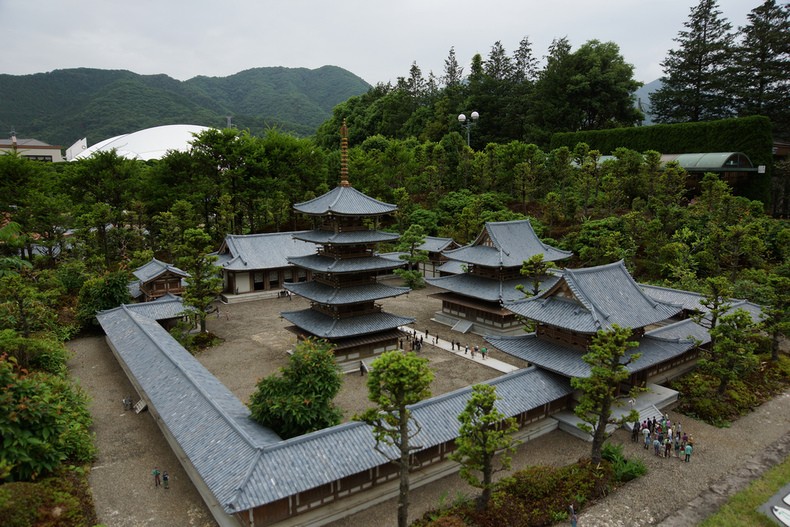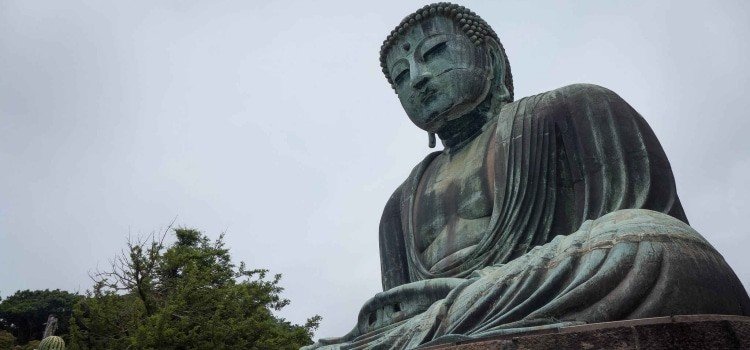The Period was the Asuka (飛鳥時代) took place between the fifth and sixth centuries from 538 to 710 A.D. In Japan a way of counting time is by periods or eras (元号; gengō or 年号; nengō). This period was marked by art, architecture, Buddhism and the evolution of the Yamato government. Let's now go a little deeper into the history of Japan to find out more about this important era in history.
Table of Content
History and origin from the Asuka period
Currently, Asuka is a city located in the south of the city of Nara. It is still possible to observe some characteristics of this period through the architectures still existing in the place.
When talking about the Asuka Period, it is most common to associate it with the era responsible for Japanese arts and architecture. In fact, the proposal for this name came from art scholars, Sekino Tadasu and Okakura, around 1900.
During that period, Japan was also going through a process of changing its name, it still did not have that name as we know it today. The name changed from Wa (倭) to Nihon (日本).

Yamato Government in the Asuka Period
Yamato government also known as 'Yamato Period' was a centralized domain of Japan held by the Yamato Court. It was during this government that lasted through the Asuka Period in which Japan underwent major changes mainly related to culture and religiosity.
Previously Japanese territory was disputed by classes, but the Yamato dynasty managed to unify the nation around the second century. Despite some conflicts this government has managed to maintain relative peace. Then the Japanese began to develop more in relation to culture and architecture, but they were initially based in China.
During the beginning of the period the Soga-no-Umako clan managed to reach the court through marriages. At the end of the seventh century, Empress Suiko took possession and her nephew, Prince Shôtoku, became governor.

Prince Shôtoku was a Buddhist and followed Confucian teachings. He ended up expanding the Buddhist religion. Therefore, this period is seen as the construction of great templos budistas.
Prince Shôtoku also developed the Constitution of Seventeen Articles (十七条憲法), in which Buddhist and Confucian teachings were emphasized with emphasis on the morals and expected virtues of government officials and their subjects.
In addition, he went on to adopt the Chinese calendar. But mainly he devoted himself to the spread of Buddhism in Japan also by sending students to China. These changes have significantly helped Japan, especially in its relationship with China.
If you want to know more about this prince and the changes he has managed to make in Japan, he has the film Shotoku Taishi. He is a Japanese film that takes place during the sixth century.

Reform after the death of the prince
Prince Shotôku died at the age of 48 in 622 AD After his death, the Soga clan increased in strength. In 645 Emperor Kotoku (孝徳天皇) established a set of doctrines that had been written, after the prince died known as the Taika Reforms (大化の改新).
Then, a new system of control was instituted that originated in the Chinese government structure and ended up positively affecting the agrarian reform and strengthening the power of the imperial court.
The end of the Asuka period was marked by the administrative reorganization called the Taiho Code (a renewal of the Ritsuryo System). This code was initially inspired by Chinese models, but later underwent further adaptation. The confucionismo was taken as inspiration for this code, which is why its punishments were lighter.

Taoism and its influence in Japan
In addition to Buddhism, Taoism also became more prevalent in Japan during the Asuka Period. Taoism is more considered a set of teachings and philosophies than a religion. This belief is part of the idea that human beings must live in harmony with nature to be part of it.
Just like Buddhism, Taoism had Chinese influence. In the seventh century the temple was built on Mount Tonomine. Shortly afterwards Taoist teachings were fused with Shinto and Buddhism in which new rituals arose.

Culture of the Asuka Period
The beliefs marked this period, so there were certainly many temples dedicated to that. But besides the temples, there were paintings and sculptures, some also aimed at 仏教.
Sculptures were essential for worship, so there are still some used in that era. Many are found in museums, as it is the best way to preserve history.
Each of the pieces shows local influences, but from other places as well, such as China and Asia. Unfortunately, not many paintings from that period have been lost over time.
And something that always stands out when you go through periods of time are the clothes. It is a way of knowing the time in which he lived, so he also contributed to the culture. During the Taika Reformation (645) a common piece worn by emperors and court-bound men was a kind of hat called Kanmuri.
